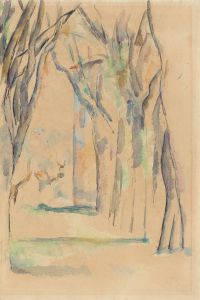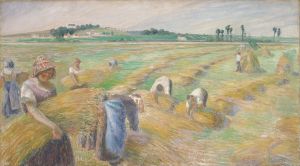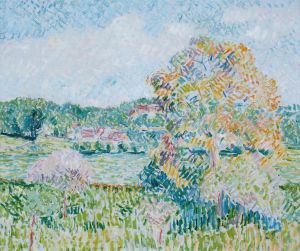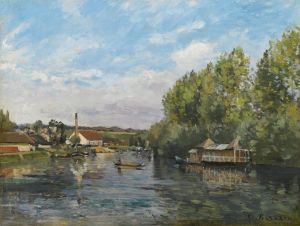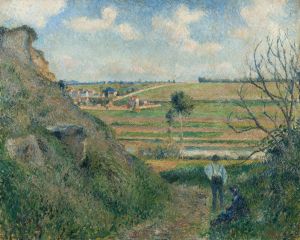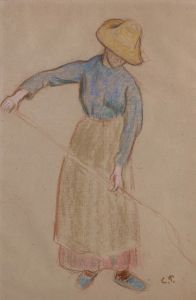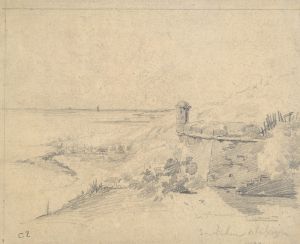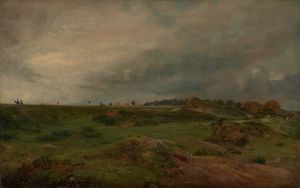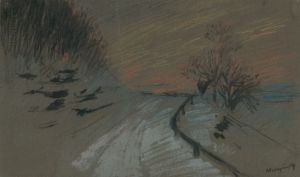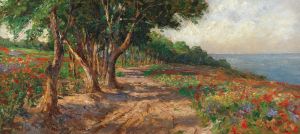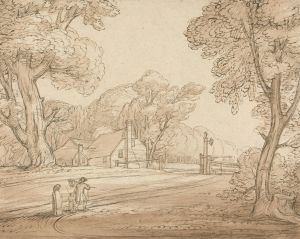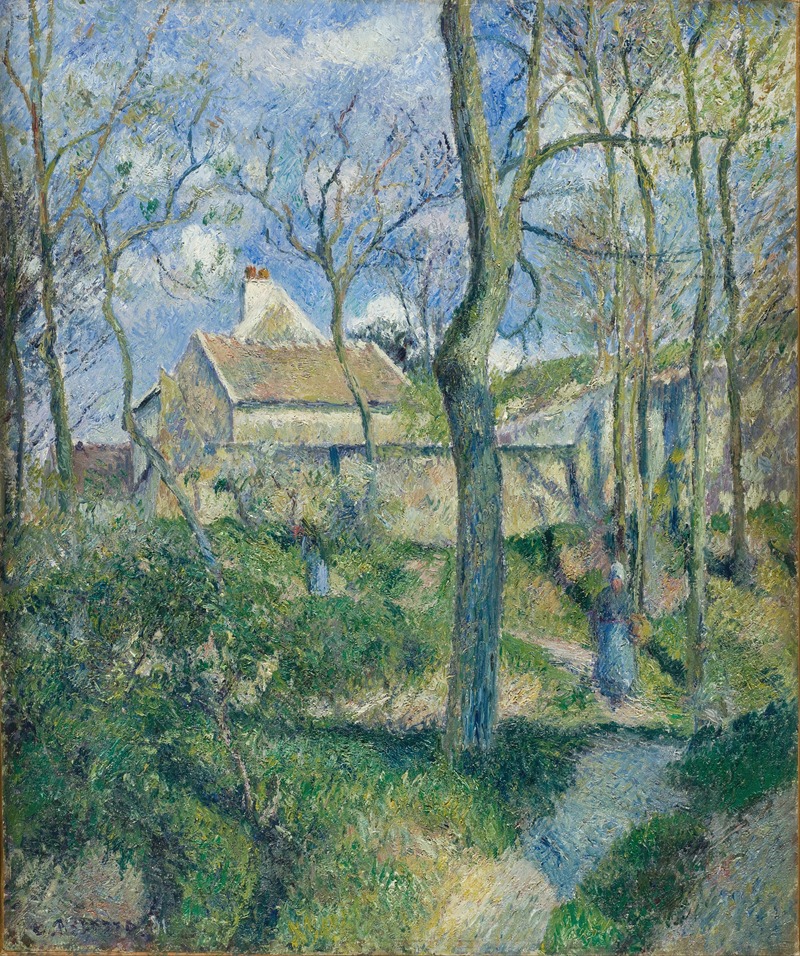
The Path to Les Pouilleux, Pontoise
A hand-painted replica of Camille Pissarro’s masterpiece The Path to Les Pouilleux, Pontoise, meticulously crafted by professional artists to capture the true essence of the original. Each piece is created with museum-quality canvas and rare mineral pigments, carefully painted by experienced artists with delicate brushstrokes and rich, layered colors to perfectly recreate the texture of the original artwork. Unlike machine-printed reproductions, this hand-painted version brings the painting to life, infused with the artist’s emotions and skill in every stroke. Whether for personal collection or home decoration, it instantly elevates the artistic atmosphere of any space.
Camille Pissarro, a pivotal figure in the Impressionist movement, painted "The Path to Les Pouilleux, Pontoise" in 1881. This artwork is a quintessential example of Pissarro's dedication to capturing rural life and the natural landscapes of France, particularly the region around Pontoise, where he lived for several years. Pissarro's work during this period is marked by his exploration of light, atmosphere, and the everyday scenes of rural communities.
"The Path to Les Pouilleux, Pontoise" depicts a serene rural path, likely a common sight in the outskirts of Pontoise, a town northwest of Paris. Pissarro's choice of subject reflects his interest in the simplicity and tranquility of rural life, a theme that recurs throughout his oeuvre. The painting showcases Pissarro's adept use of color and brushwork, which are hallmarks of the Impressionist style. His technique involves loose, expressive brushstrokes that capture the fleeting effects of light and shadow, creating a sense of immediacy and movement.
In this painting, Pissarro employs a palette of earthy tones and soft greens, which imbue the scene with a sense of calm and harmony. The composition is structured around the path that leads the viewer's eye into the depth of the landscape, inviting them to explore the scene further. The trees and foliage are rendered with a delicate touch, emphasizing the natural beauty of the countryside. Pissarro's attention to detail and his ability to convey the essence of a place are evident in the way he captures the textures of the earth and vegetation.
Pissarro's work is often noted for its democratic approach to subject matter, focusing on the lives and environments of ordinary people rather than grand historical or mythological themes. This painting is no exception, as it presents a humble yet evocative view of the rural landscape, free from the embellishments of urban life. Pissarro's commitment to portraying the world around him with honesty and sensitivity is a defining characteristic of his artistic philosophy.
During the time Pissarro painted "The Path to Les Pouilleux, Pontoise," he was deeply involved with the Impressionist group, participating in their exhibitions and contributing to the development of the movement. His interactions with fellow artists such as Claude Monet, Edgar Degas, and Paul Cézanne influenced his work, yet he maintained a distinct style that was uniquely his own. Pissarro's role as a mentor to younger artists and his willingness to experiment with new techniques and ideas further cemented his legacy in the art world.
"The Path to Les Pouilleux, Pontoise" is a testament to Pissarro's mastery of landscape painting and his ability to capture the quiet beauty of the French countryside. Today, his works are celebrated for their contribution to the Impressionist movement and their enduring appeal. Pissarro's paintings, including this one, continue to be studied and admired for their innovative approach to capturing the essence of nature and the human experience within it.





